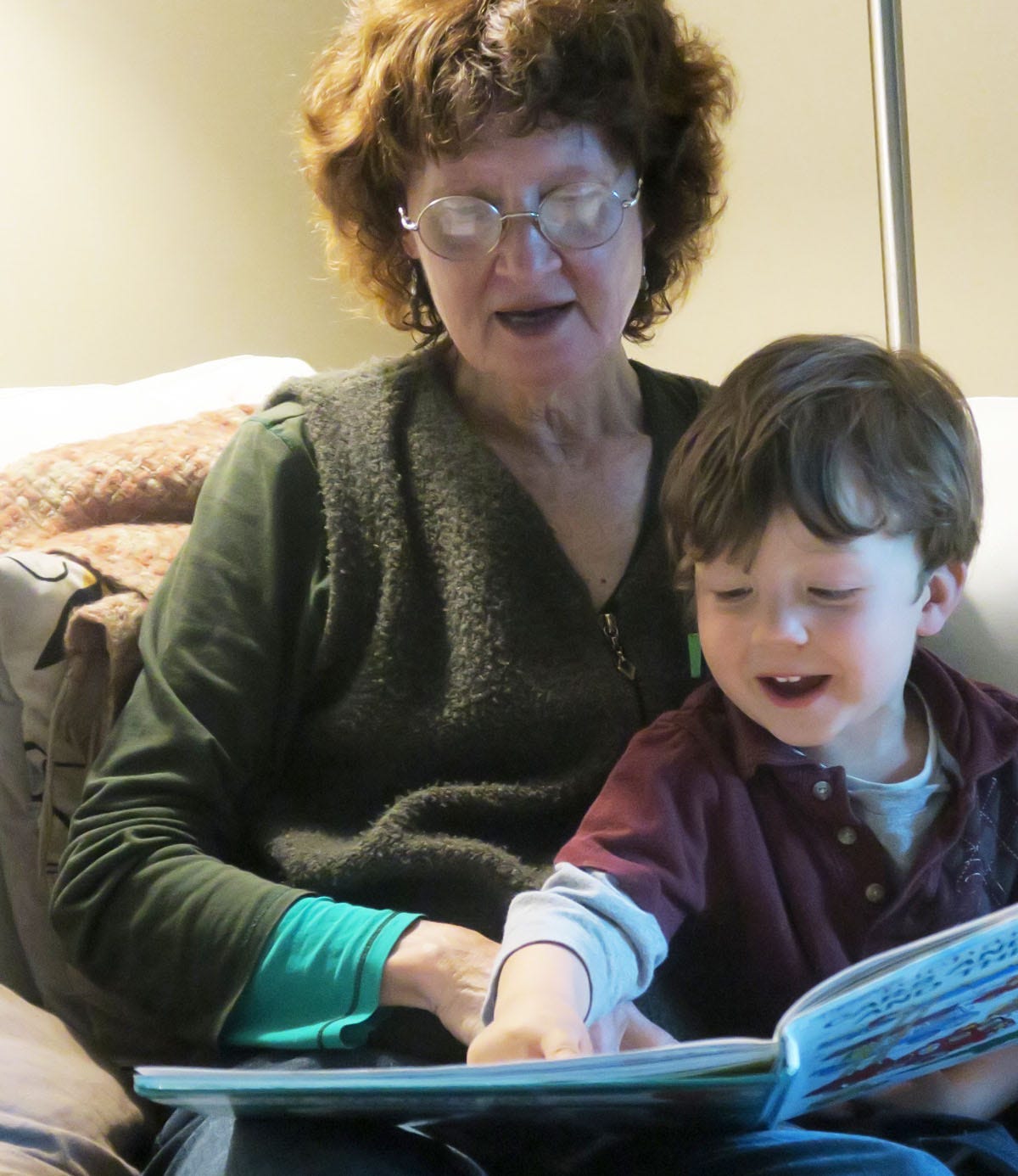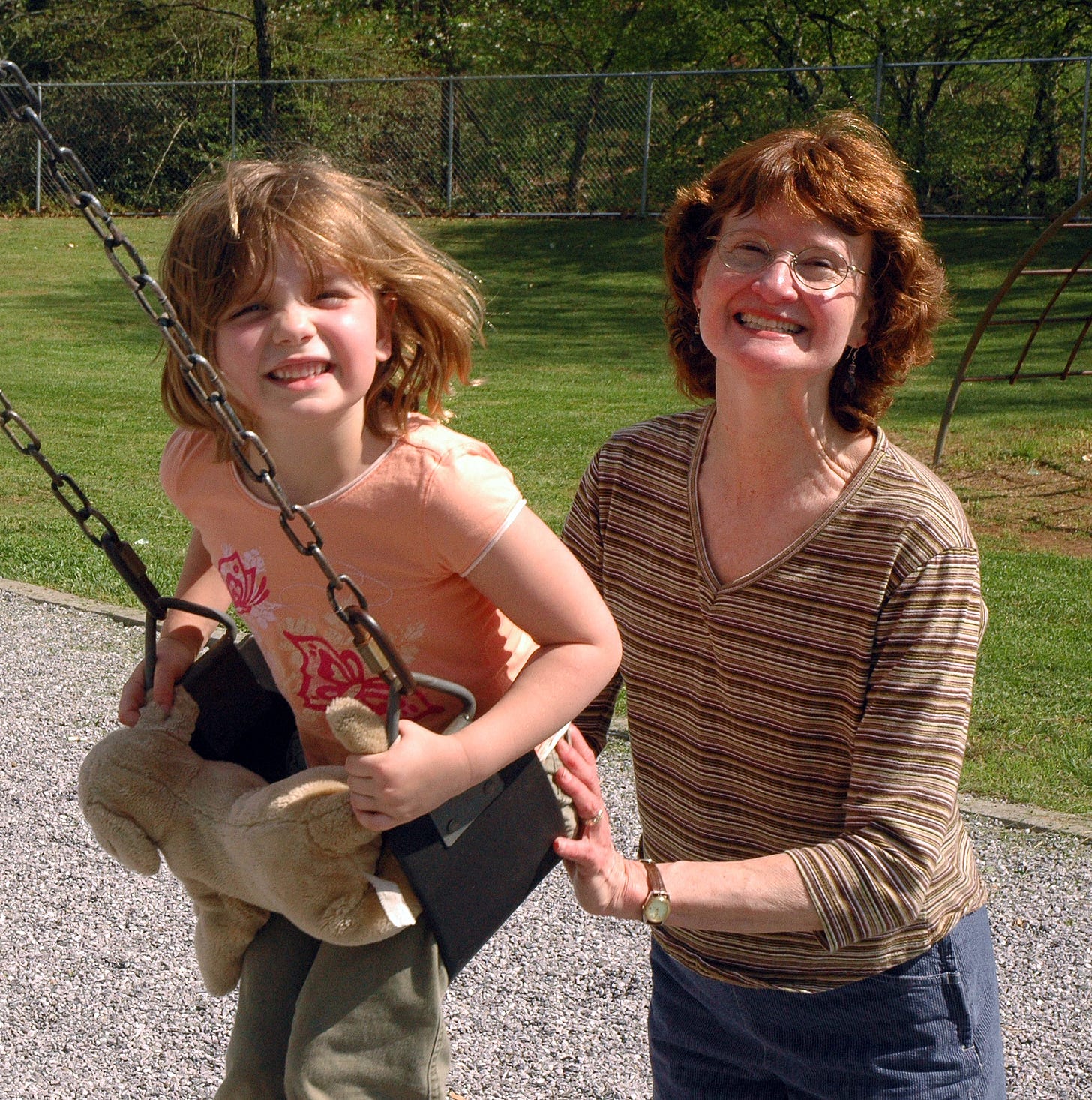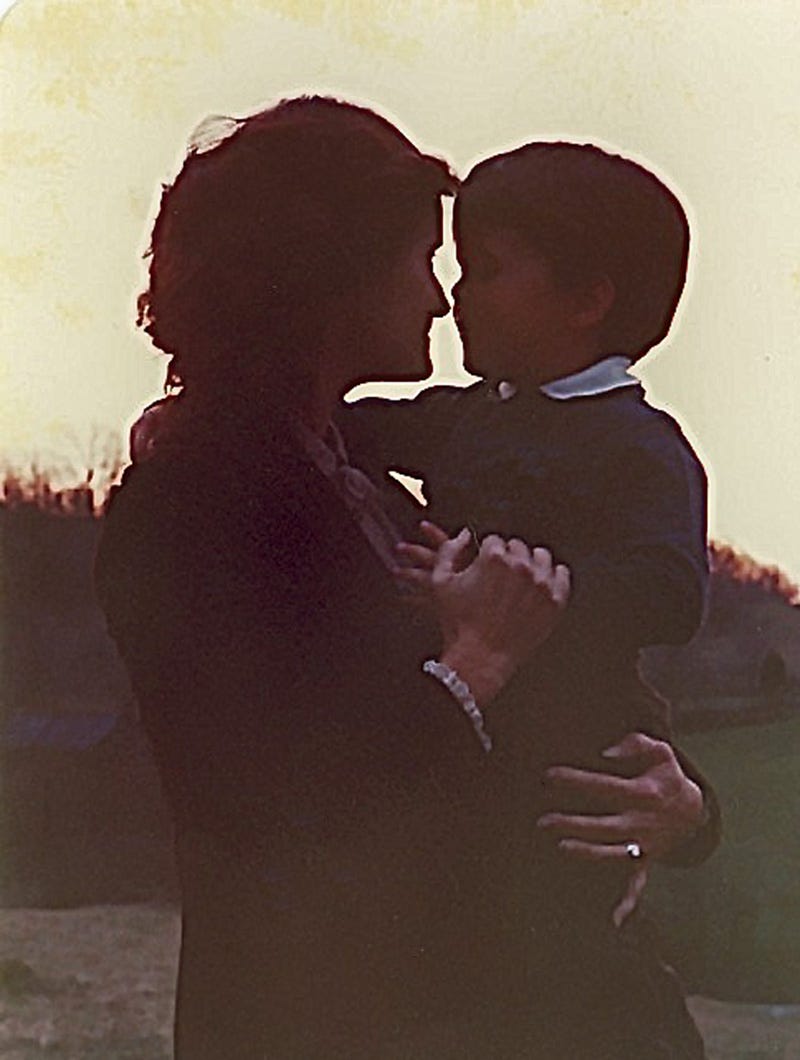Alzheimer’s cruelty is told only in part by the time it takes to show itself and be named.
Some sources say that the first anatomical signs are detectable twenty years or more before the point where no doubt remains that you are dealing with this awful kind of dementia that comes to stay.
In the beginning, the signs can easily be mistaken for simple forgetfulness or a one-off odd behavior or sentence that doesn’t fit the circumstances. Nothing to worry about probably. But what if…?
I thought at first that Ann might just be showing her usual resistance to technology, when in 2018, she seemed unable to remember even for a minute where the HOME KEY was on my iPhone.
She was not able to return reliably to that starting point, from which to navigate the menus. For the past six years since that first hint, she has been losing her working memory. Tech won’t help. There are too many steps. Pattern recognition is required. When we cancelled her iPhone 7 last week, she was using it (multiple times in an hour) only to see what day it was.
More useful but more complex possible uses of the phone (when it wasn’t lost) that I had hoped would be helpful for us were not helpful, after all; and I’ve given up thinking technology will be useful in this way.
I no longer impose my order on our disorder. It only frustrates us both.

SO WHAT DO WE DO NOW?
The so-called “central executive” of memory stores an image, sound or idea and then signals other brain modules to execute an appropriate response.
And as this conductor of behavior functions less well, and then not at all, things do fall apart. And I was certain that we were headed towards falling apart. She adamantly denied the problem, and why was I beating up on her anyway?
I encouraged her to ask her Nurse Practitioner for advice about memory issues. She repeatedly failed to take that step. She was certain that she had no such issues and resented my intrusion.
So against her objections in 2020 in my annual wellness check, I took the initiative to request that Ann’s next health checkup include a mini-cognitive test.
I told Ann that her LNP was going to be looking into the odd forgetfulness and other behavioral changes that might simply be MCI–mild cognitive impairment. She was not happy I had taken this initiative. She felt I had overstepped a boundary. Tough love is not easy love.
At age 72 in 2020, MCI would not be such a bad label, since most of us show slippage in our 70s to some degree. But what if this was more? What if we would see a decline beyond the bounds of MCI. Then what?
As we planned ahead for how and where we would live in the second half of our 70s, we needed the hard facts, not wishful thinking or avoiding the elephant in the room to guide our next steps.

FINALLY DECIDING TO DO SOMETHING
The dreaded office visit came in January of 2021. We drove over to the MD’s office, and Ann was unclear about our purpose for the trip. I went through our hopes for the visit several more times on the drive from Floyd to Blacksburg. Repeated questions was an increasingly common feature of our days, even then.
Ann brooded and scowled across the treatment room. But she had known Janice, her LNP, for a few years so at least she felt like she was in a safe setting and with a trusted medical professional. She brightened up when Janice came in, and was typically chatty and pleasant. Then the mini-cognitive test began.
Name as many animals as you can in a minute.
Spell the word WORLD backwards.
Remember these three words and repeat them in five minutes.
Draw a clock that shows 5 minutes until 11.
What state are we in? What is the year? What are your grandchildren’s names?
Then, and every time since, sitting with Ann through her struggles to recall the most basic details of her life is agony for me. It is a mercy that Ann typically thinks she has done pretty well afterwards. Dear me. At least the pain can be forgotten, too.

TESTING: WE MUST KNOW
So the results of that first quick screening clearly indicated memory problems. Finally, in February, 2021 Ann had X-ray, CT-scan and MRI to rule out brain tumor or brain bleed. All were negative, suggesting a form of dementia from other causes. There are more than 100 dementias.
But was this a condition that would only gradually grow more concerning over a decade or would it be something more aggressive and open-ended? I needed to know so we could make the best choices early. What if this is irreversible chronic illness already at the door?
Most surely we needed a cognitive-abilities baseline that would provide as much objective information as possible. And if circumstances allowed us to go for a second year of the same tests for comparison, we would know the trajectory and could make plans accordingly.
The nurse practitioner referred us to a neurologist who connected us with a neuropsychologist in Roanoke. Ann was scheduled for an extensive battery of testing in June—six months after that first hint of trouble. And we would take the next steps from there.
In the beginning. I knew nothing then. Perhaps that was a mercy. In next Sunday’s post, the destination is known, if not the path from there and then to here and now. ~ ff


 – Fred First is an author, naturalist, photographer watching Nature under siege since the first Earth Day. Cautiously hopeful. Writing to think it through. Thanks for joining me. Subscribe to My Substack
– Fred First is an author, naturalist, photographer watching Nature under siege since the first Earth Day. Cautiously hopeful. Writing to think it through. Thanks for joining me. Subscribe to My Substack